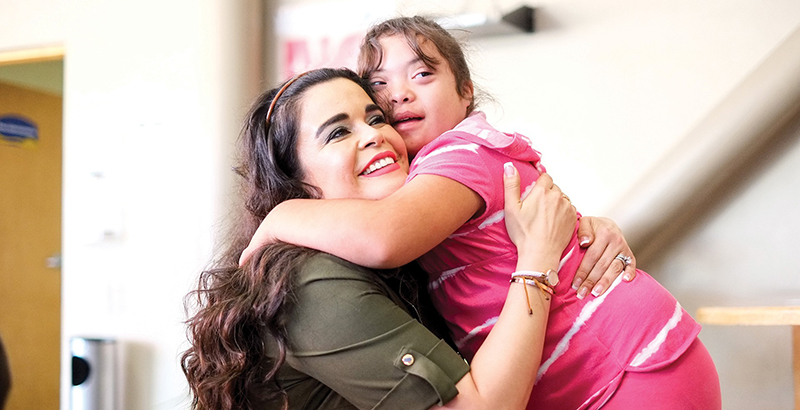Online degree programs were first offered in the Philippines in the early 90’s during which there was a recorded continuous growth in the number of state and private institutions in the country. Also during this period was when the Commission on Higher Education (CHED), one of the three government organizations handling the education system in the country, encouraged many educational institutions to offer distance learning programs. This move was triggered by the increasing population and rise of tertiary enrolments over the past years.
1990’s – Rise of Open Universities
One of the well-recognized Higher Education Institution (HEI) offering online degree programs in the country is the University of the Philippines Open University (UPOU), which was established in 1995. OPOU is the pioneer of open learning and distance education in the Philippines. Another prominent open university in the country is the Polytechnic University of the Philippines Open University (PUPOU). PUPOU began offering online degree courses in 1990. The Asian Institute for Distance Education (AIDE) is one of the only four government-recognized distance learning providers in the country offering full academic degrees. Other pioneers of online degree programs are the University of Santo Tomas (UST), Ateneo de Manila University (ADMU) through the e-Learning Access Program, and Dela Salle University (DLSU). The online programs offered by these online universities include undergraduate programs, graduate certificate programs, post-baccalaureate programs, masters program, and doctoral programs.
2000’s – Technological Advancements in HEIs
The eLearning market starts to emerge in the Philippines in the early 2000’s. However, the online courses offered by that time are limited only to certificate and vocational training. The government agency that helps facilitate these online programs is the Technical Education and Skills Development Authority (TESDA). Today, TESDA is offering various online courses in the fields of IT, Tourism, Electronics, Automotive, HVAC, and Agriculture under the so-called Technical Vocational Education and Training (TVET). Although these programs only provide Diploma and Certificate courses, TESDA has ladderization programs from these courses to the degree courses.
At the turn of the millennium, internet technology starts to gain momentum in the education system of the Philippines. This technological milestone gives way to the emergence of more public and private HEIs offering online courses. According to a study, the number of internet users increased by about 291% during the period of 2000-2006, which is equivalent to 7.82 million people. According to Philippines ICT Statistics Portal, the mobile phone subscription was more than doubled from 2006 to 2011 and the fixed broadband subscription was more than quadrupled within the same time frame. According to StateUniversity.com, various public and private websites have also surfaced to provide online programs and services to students in the higher education. Among of these institutions are the Advanced Science and Technology Institute, Kodiko Online, 2StudyIt.com, Education for Life Foundation, Estudyante.com, FAPENET, Gurong Pahinugod, and Iskolar.com.
2010’s – High Economic Growth Impacts Higher Education Programs
According to Business World Online, there are nearly 2,300 HEIs in the Philippines and 1,259 of them were offering business degrees in 2012. According to CHED, tertiary enrolment reached 3.3 million in the same year. Based on Courses.com.ph, there are lots of postgraduate courses in the Philippines that can be taken online from various public and private HEIs today. These are online courses in education, management and public administration, agriculture, media and communication, health and allied sciences, computer studies, business, and architecture and engineering.
The Expanded Tertiary Education Equivalency and Accreditation Program (ETEEAP) can be considered as one of the major breakthroughs in improving the offerings of online degree programs in the Philippines. Under this program, students aiming for bachelor’s degree can complete their studies in about a year or so and they also have the option to take the program online from the accredited online colleges and universities.
Fueled by the growing economy, more and more HEIs are offering online degree courses to both Filipino and international students across the country today. And with education programs offered by TESDA and CHED, it is expected that online degree programs in the country will continue to experience more growth in the coming years.




.jpg)

More Stories
Why You Should Consider an Online Psychology Conversion Course
Transform Your Skills with the Best Online IT Schools
Discover the Benefits of an Online Ministry Degree